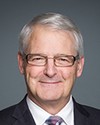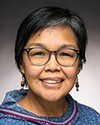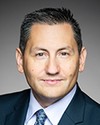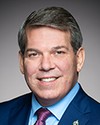One, it's important, when we look at the provision of medical care and medicine, that we follow medical practices that are keeping up with the current times. If we look at the processes that exist within the NIHB system, there are flow charts of multiple steps that patients have to jump through. The clearest example is rheumatoid arthritis. People should not end up in wheelchairs with amputations, disabled, because they're not provided with the proper medication that exists today in the form of biologic and immunological agents—things like Humira. Instead, those patients have to take older medication, and their joints are completely destroyed by that time. They end up disabled and dying. We should not be seeing that in a country like Canada. We need to follow medical advice and recommendations that keep up with the fast pace of medicine.
Two, if we look at our original agreement within the medicine chest clause, which is a symbol of health care that would evolve into the future, it was all-encompassing. It included medicine as it would evolve—the pharmaceutical drugs that would come, and medical equipment and supplies that would come. Again, there are very rigid parameters as to how people can access this. If we look at diabetes and foot ulcers.... The basic principles of wound care include VAC or having patients wear Aircasts to off-load pressure. None of those are provided. Then we see that the rate of amputation among indigenous peoples is the highest in this country.
We actually need to provide care that reflects the needs of the state of health of indigenous peoples, which is the worst among any group across this country. That is not something our ancestors agreed to when we agreed to share this country in peace and friendship. Ultimately, 150 years later, we're in worse condition than when our relatives arrived on the shores of this country.




